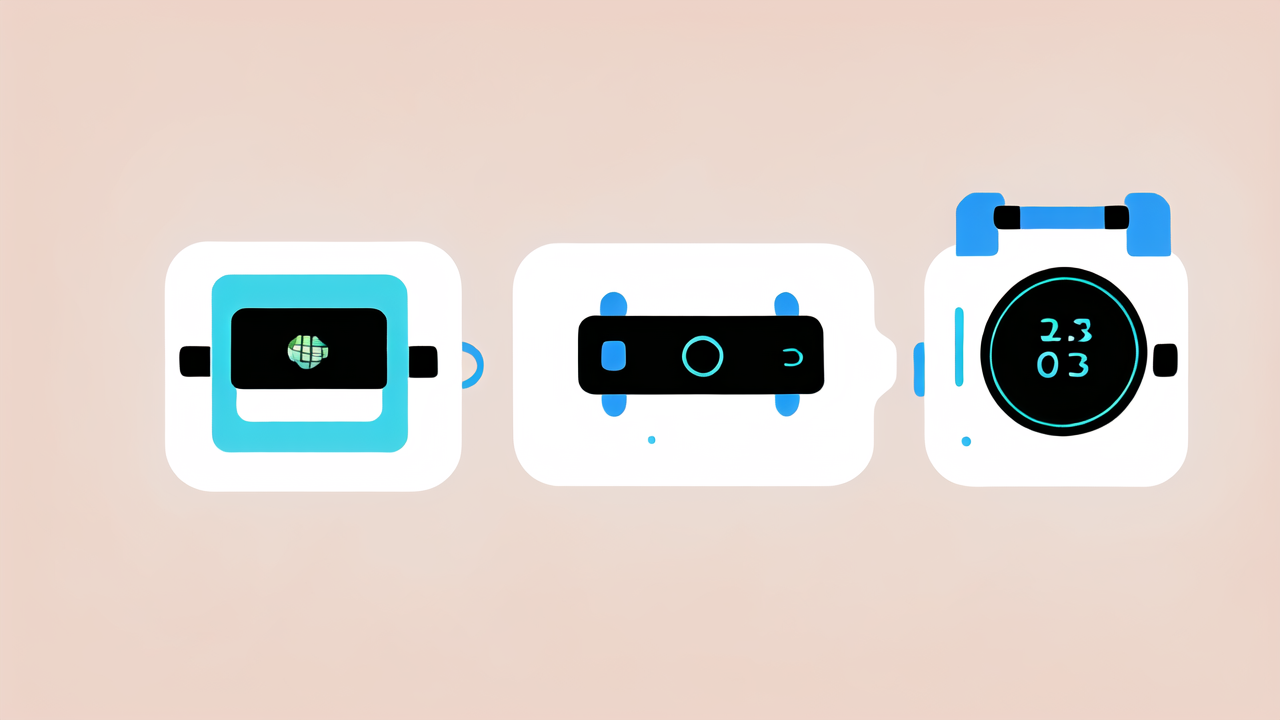Understanding Wearable Technology and Fashion Trends
The Evolution of Wearable Devices
Wearable tech has come a long way. It started with simple fitness trackers. Now, we have smart watches, AR glasses, and even smart clothing. Early devices were bulky and not very stylish. They focused solely on function. Today's wearables are sleek and fashionable. They blend seamlessly into our daily lives. The evolution has been rapid. We've seen improvements in battery life, design, and features. Wearables now offer more than just step counting. They monitor health, connect us to the digital world, and even help manage our daily tasks. This evolution has made wearables more appealing to a wider audience. It's no longer just for tech enthusiasts. Fashion-conscious consumers are now embracing these devices too.

How Wearables Are Changing the Fashion Industry
Wearables are reshaping the fashion landscape. Designers are now thinking beyond traditional clothing. They're integrating tech into their creations. This fusion is creating new styles and categories. Smart jewelry is a prime example. It combines fashion with functionality. Major fashion brands are partnering with tech companies. They're creating stylish wearables that appeal to fashion-forward consumers. Runway shows now feature tech-infused garments. These pieces blur the line between fashion and technology. The impact is also seen in everyday wear. Clothing with built-in sensors or conductive fabrics is becoming more common. This trend is pushing the fashion industry to innovate. It's changing how we think about and wear our clothes.
Selecting the Right Wearable for You
Assessing the Features that Matter
Choosing the right wearable depends on your needs. Consider what you want from the device. Are you focused on fitness tracking? Or do you need a smartwatch for notifications? Battery life is crucial for many users. Some devices last days, while others need daily charging. Display quality matters if you'll be reading messages often. For fitness enthusiasts, accurate heart rate monitoring is key. GPS is important for runners and cyclists. Water resistance is a must for swimmers. Think about compatibility with your smartphone. Some wearables work better with certain phone brands. Privacy features are becoming more important. Look for devices with strong data protection. Customization options can make your wearable more personal. Consider these factors to find the perfect fit for your lifestyle.

The Role of Comfort and Design in Wearable Selection
Comfort is key when choosing a wearable. You'll likely wear it all day, every day. The device should feel natural on your wrist or body. Weight is an important factor. Lighter devices are often more comfortable for long-term wear. The material matters too. Some people prefer silicone bands, others like leather or metal. Design plays a big role in wearable selection. It should match your personal style. Many devices offer interchangeable bands. This allows you to switch up the look for different occasions. Screen size is another consideration. Larger screens are easier to read but can be bulky. Smaller screens are more discreet but may be harder to use. The overall aesthetic should complement your wardrobe. A sleek, minimalist design works well for most outfits. Some prefer bold, statement pieces. Choose a wearable that you'll be proud to show off.
The Impact of Wearables on Daily Life and Fashion Choices
From Fitness Enthusiasts to Fashion-Forward Professionals: Who's Wearing What?
Wearables have found their place across various demographics. Fitness enthusiasts were early adopters. They use smartwatches and fitness bands to track workouts. These devices help them monitor progress and set goals. Athletes rely on advanced features like VO2 max measurements. Fashion-forward professionals are embracing smartwatches. They appreciate the blend of style and function. These devices help them stay connected discreetly. Health-conscious individuals use wearables to monitor vital signs. They track sleep patterns, stress levels, and more. Tech-savvy millennials often opt for multifunctional smartwatches. These devices act as extensions of their smartphones. Older adults are finding value in health-monitoring wearables. They use them to track medications and share data with doctors. Each group has different needs and preferences. This diversity is driving innovation in the wearable market.

The Future of Wearable Tech: What's Next in the United States?
The future of wearables in the US looks promising. We can expect more integration with AI and IoT. This will make wearables smarter and more predictive. Health monitoring will become more advanced. Wearables may soon detect illnesses before symptoms appear. AR glasses could become more mainstream. They might replace smartphones for many tasks. Smart fabrics will likely become more common. Clothes could adjust to temperature or even change color. We may see more focus on sustainability in wearable design. Eco-friendly materials and longer-lasting batteries could be priorities. Privacy and data security will remain important issues. Companies will need to address these concerns to maintain trust. The line between fashion and tech will continue to blur. We might see more collaborations between tech giants and fashion houses. Personalization will be key. Wearables will adapt more to individual users' needs and preferences. The US market will likely drive many of these innovations. It remains a key player in both tech and fashion industries.




Leave a comment
This site is protected by hCaptcha and the hCaptcha Privacy Policy and Terms of Service apply.